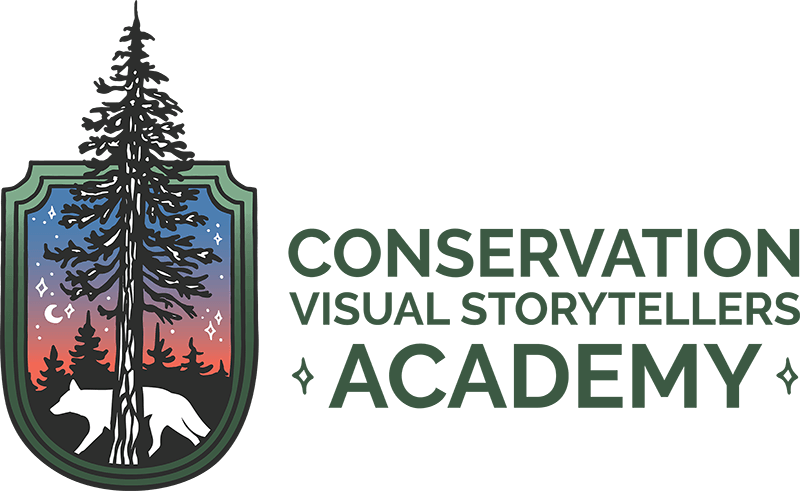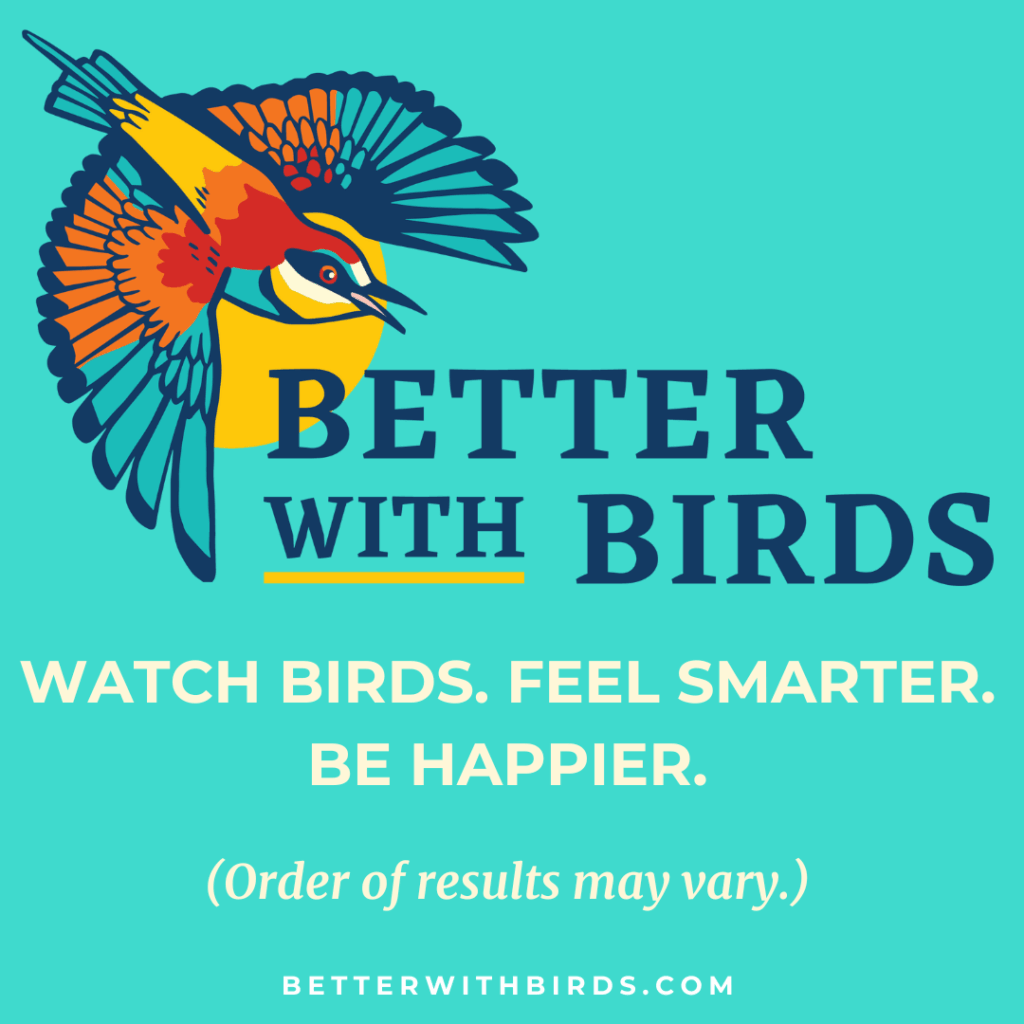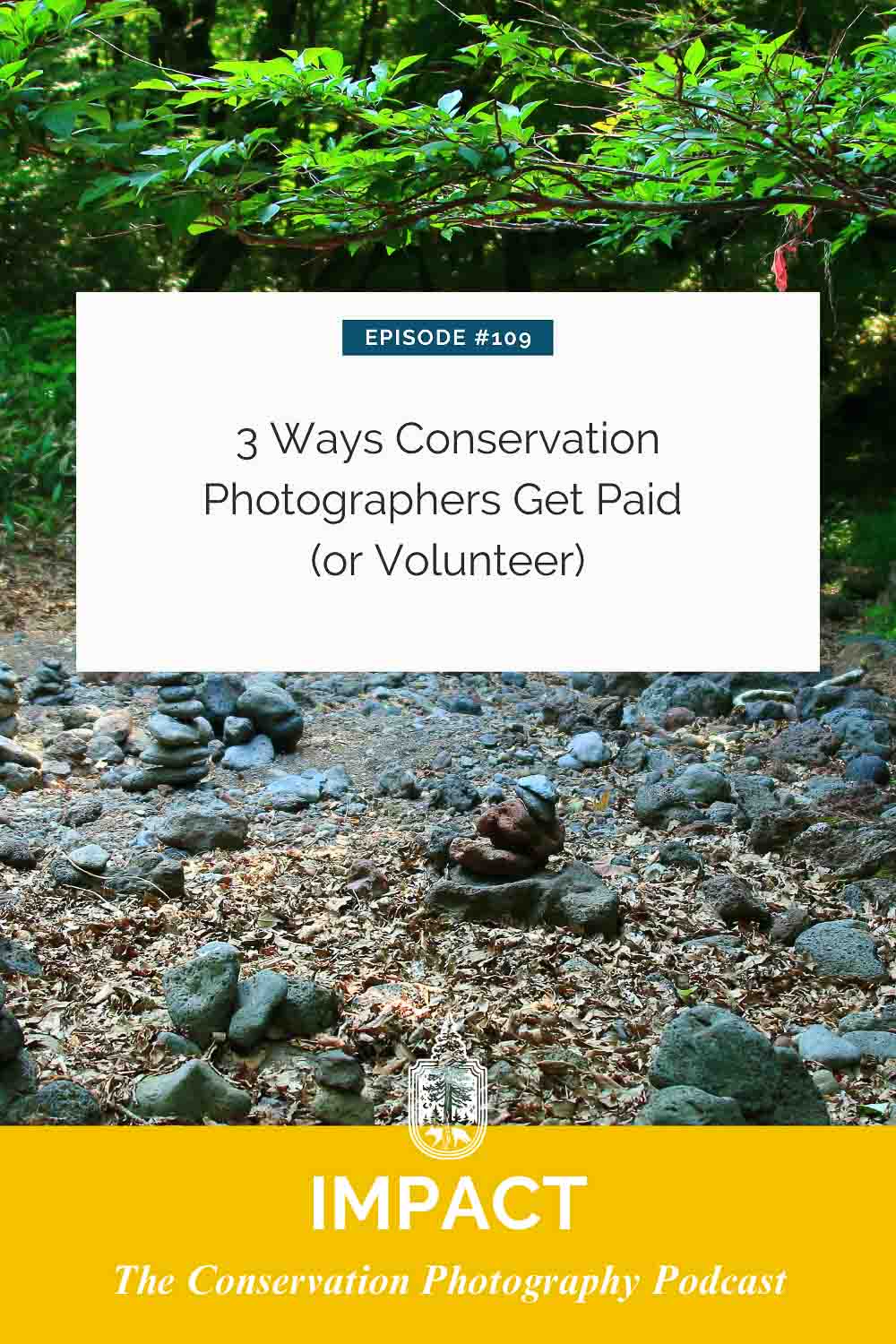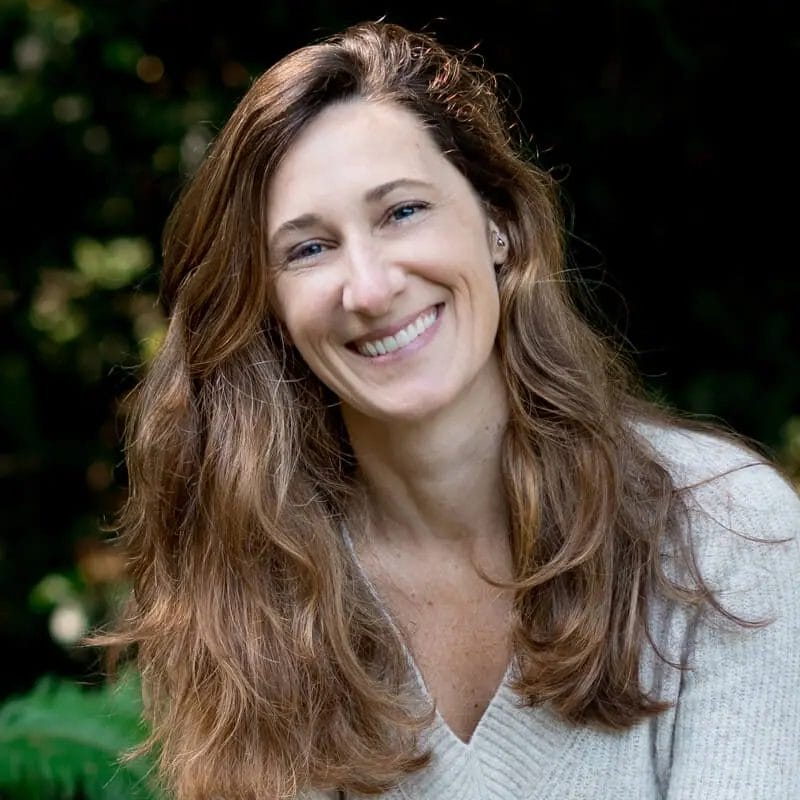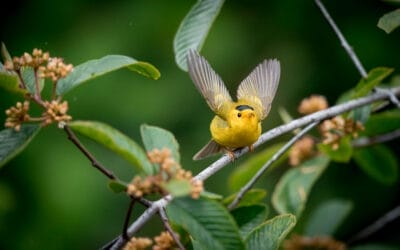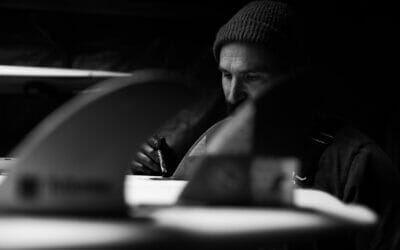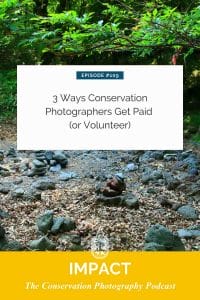You might wonder, “Ok so nature conservation photographers use their images to help the environment. But what does that LOOK like? And, can you make money at it?” This article breaks down three of the most common types of work we do both as volunteers and paid creatives.
How conservation photographers earn an income
What Does a Conservation Photographer Do?
Conservation photography is all about using your images to drive awareness, educate, and inspire action for environmental protection. It’s not just about taking beautiful pictures of wildlife and landscapes but leveraging those images to tell stories that matter. This guide will unpack three major types of work conservation photographers engage in: collaborating with organizations, working on long-term projects, and creating compelling photo stories.
1. Collaborating with Nonprofits, Organizations, and Companies
One of the primary ways conservation photographers contribute is by collaborating with various entities to create impactful visual content. This could include nonprofits, governmental organizations, scientists, and even businesses committed to environmental stewardship.
Example: Calendar Fundraisers and Beyond
Early in my career, I approached a nonprofit with an idea for a calendar fundraiser. This wasn’t just about producing a calendar; it was about building a collection of images that the organization could use for multiple purposes, such as social media campaigns and educational materials. The calendar project provided them with beautiful images that helped engage their audience more effectively.
Real-Life Success: Sloth Conservation Foundation
A fantastic example of such collaboration is the partnership between photographer Suzi Eszterhas and Dr. Rebecca Cliffe of the Sloth Conservation Foundation. Together, they’ve used images to build awareness and raise funds for sloth conservation through books, social media, and more.
How It Works
- Understanding Needs: Start by identifying the visual needs of the organization. This involves discussions to understand their mission, target audience, and the type of imagery that will best tell their story.
- Creating Image Assets: Work on creating a cohesive set of images that can be used across various platforms. This could include headshots, action shots, and behind-the-scenes images.
- Storytelling: Use your creative skills to craft narratives around these images. These stories should highlight the organization’s work, impact, and the importance of their mission.
Income Opportunities
While some collaborations might be volunteer-based, they often lead to paid opportunities. For instance, images created during these projects can be licensed or used to pitch stories to publications. Ownership of your images means you can continue to generate income through various channels.
2. Working on Long-Term Projects
Another significant aspect of conservation photography is engaging in long-term projects aimed at achieving specific conservation goals. These projects can range from a few years to a lifetime and often involve multiple collaborators.
Case Study: Platte Basin Timelapse Project
The Platte Basin Timelapse Project, started by Mike Forsberg and Michael Farrell, is a collaborative effort to document the health of the Platte River Basin. The goal is to use photography and storytelling to foster a deeper understanding and appreciation of watershed health, which can then be applied to other watersheds globally.
Differentiating Passion Projects and Collaborative Goals
Long-term projects can be personal passion projects or collaborative efforts with clear conservation objectives. Whether it’s documenting the restoration of a watershed or advocating for the protection of an endangered species, these projects are driven by a desire to create lasting change.
Example: Path of the Panther
The Path of the Panther project, led by photographer Carlton Ward Jr., aims to document the Florida Panther and its habitat. This project has produced numerous photo stories and a documentary, helping to advocate for a connected wildlife corridor in Florida.
Financial Aspects
- Funding: Long-term projects often secure funding through grants, sponsorships, and partnerships.
- Selling Stories: Photographers can pitch and sell stories emerging from these projects to various publications.
- Licensing Images: The images created can be licensed for use in books, articles, and other media.
3. Creating Photo Stories
Creating compelling photo stories is perhaps the most recognized aspect of conservation photography. These stories can be used in a variety of formats and platforms to reach different audiences and achieve conservation goals.
Types of Photo Stories
- Magazine Assignments: Publications hire photographers to document specific conservation stories. These assignments often come with detailed briefs and specific goals.
- Personal Projects: These are stories that photographers are passionate about and pitch to publications. They can be part of a larger project or standalone pieces.
- Collaborative Stories: When working with organizations, photographers create stories that highlight specific aspects of their work or the people involved.
Example: Pollinator-Friendly Lawns
One of my students, Ann Readel, wrote a story for Better Homes and Gardens about creating pollinator-friendly lawns. This piece educated a broad audience about simple actions they could take to help pollinators, showing how a photo story can have a significant conservation impact without explicitly being labeled as such.
Crafting Effective Photo Stories
- Identify the Narrative: Determine the core message or story you want to tell.
- Select Key Images: Choose images that best illustrate your narrative and evoke an emotional response from the audience.
- Write Compelling Captions: Use captions to provide context and enhance the storytelling aspect of your images.
Conclusion
Conservation photography is a diverse field with numerous ways to get involved and make a difference. Whether you’re collaborating with organizations, working on long-term projects, or creating powerful photo stories, the key is to use your images to inspire action and drive awareness.
Remember, it’s not just about the pictures you take, but the stories you tell and the impact you create with those stories.
Happy shooting, and let’s make a positive impact through our photography!
